A Met horn player reveals her favourite singers
mainMichelle Reed Baker is retiring after 18 years as second horn of the Metropolitan Orchestra.
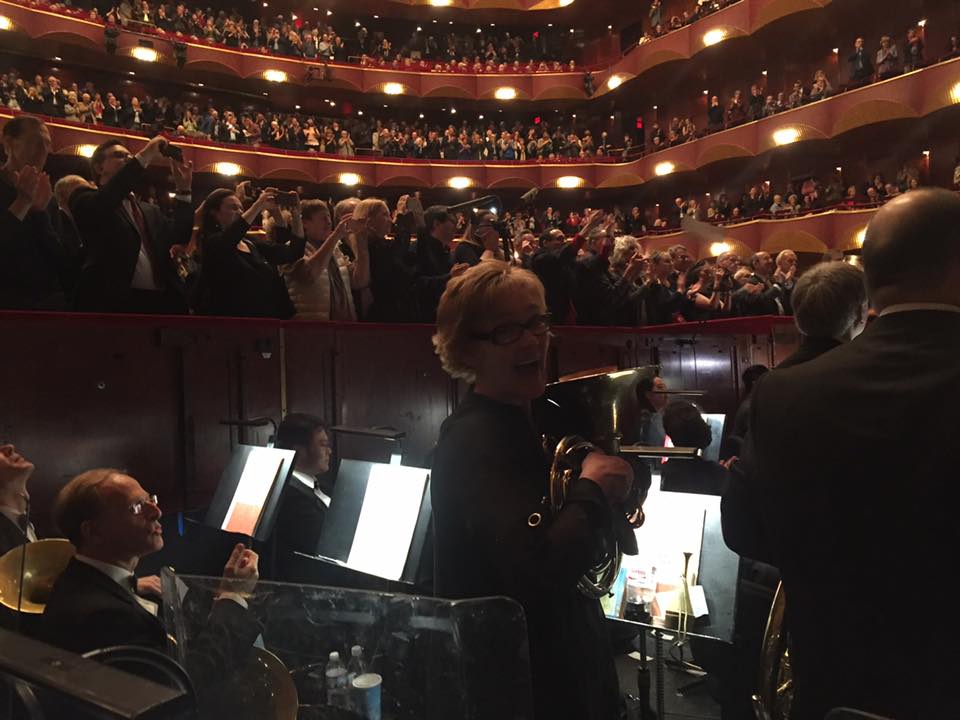
She was asked which singers inspire her:
Dmitri Hvorostovsky is someone who comes to mind for his singing as well as the fact that he breathes very loudly, which gave me the OK to breathe loudly and take in as much air as possible. Debbie Voigt phrases beautifully. René Pape’s tone quality and smoothness is amazing, especially in his recent Met Parsifal. Also, I love Peter Mattei and the way he adds character to certain notes – he adds a little shimmer on important notes that makes his phrasing interesting and beautiful.
More revelations here.
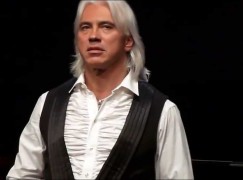

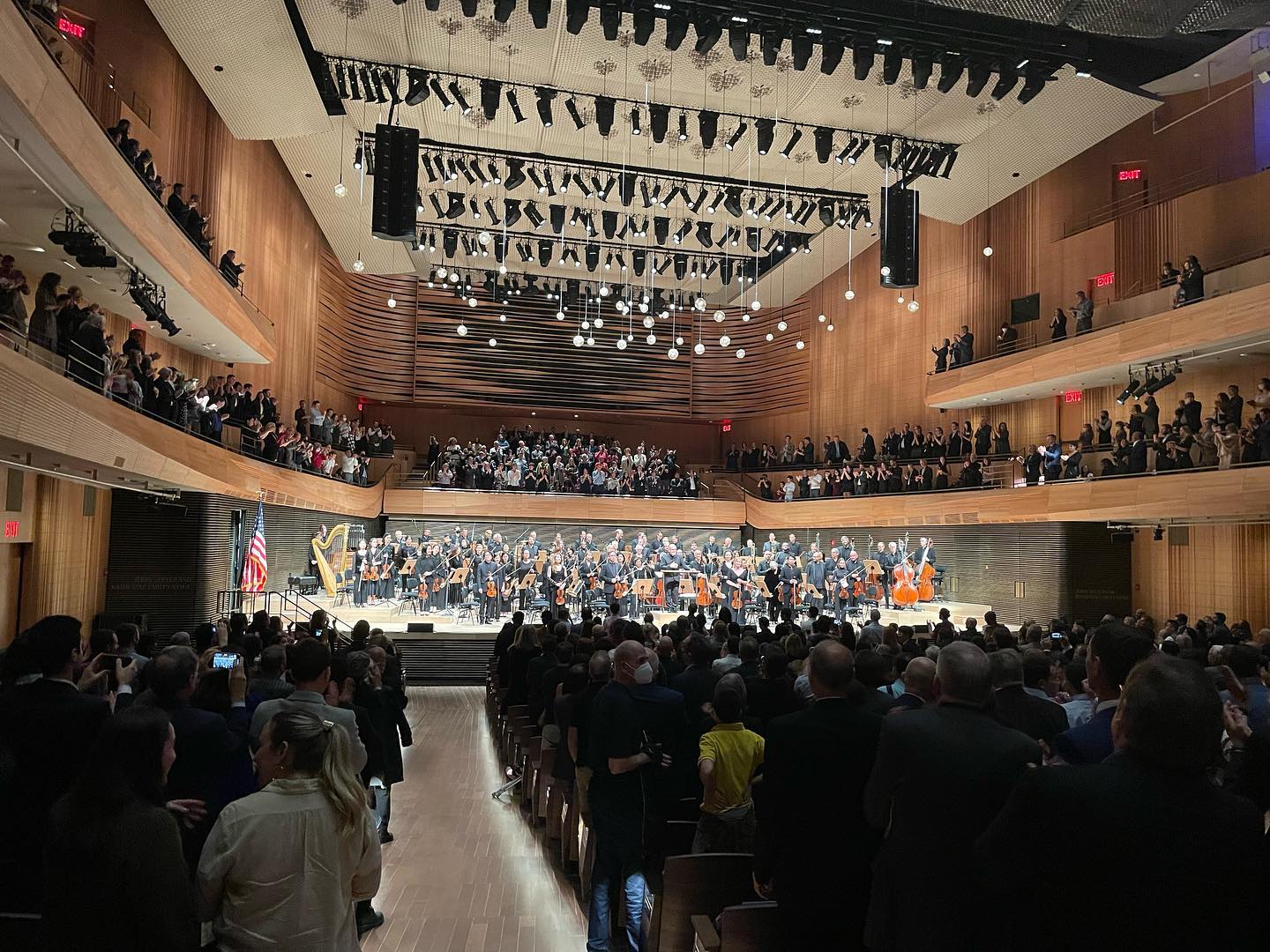
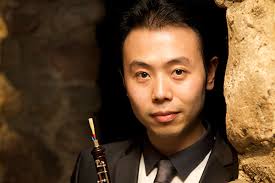

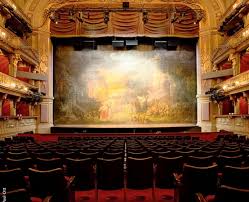
Random question: Why does the MET seemingly have a normal sized and proportioned orchestra, but with NINE horns? Isn’t that a bit excessive? Surely it’d be cheaper for them to hire extras for Wagner/Strauss and whatever else requires that many? I just can’t think of another orchestra which has 9 hornists on their regular roster.
And as for the rotation argument, the rest of the orchestra is standard symphony size (4 trombones, trumpets, oboes, flutes, bassoons, etc. and normal strings), so that doesn’t work either.
The MET plays 7 shows/week while the contract calls for 4 shows plus required rehearsals. There’s a rotation pool in operation. I suggest you look @ the Vienna Staatsoper for a similar situation.
It might not reflect this in the listing of the orchestra at the Met now, because there are some vacancies there, but they carry 5 players normally in many of those other wind/brass sections, not 4. With the vacancies, they may indeed be filling some positions with per-service freelance players, but with 7 performances a week, you would quickly burn out your winds and brass, and that’s without figuring in rehearsal time. By the way, the strings also use a rotation system for the same purpose. I believe you would find a similar sized orchestra in places like Vienna and La Scala.
Congratulations to my friend Michelle!
Actually, the MET orchestra normally has 5 Trombones in its rotation, plus an additional associate player effectively meaning 6. Presently, there is an unfilled position for one of the principal portions and a recently vacated bass trombone position. Like the horns, The schedule would be far too demanding for a single section to handle.
“I just can’t think of another orchestra which has 9 hornists on their regular roster.”
We have a few in Germany. Both the Bayerisches Staatsorchester and the Staatskapelle Berlin have 9 hornsists.
In the lead, we have the Gewandhausorchester Leipzig with 11 and the Sächsische Staatskapelle Dresden with 12 tenured hornists.
*Both the Bayerisches Staatsorchester and the Staatskapelle Berlin have 9 horn
sists.And the Berliner Philharmoniker has 8.
Is the size of the rest of the orchestra equally oversize, or is the horn section disproportionately large there too?
I should specify: I know European opera houses often have oversized orchestras, for rotation purposes. The Wiener Staatsorchester, for instance, has 22 first violins (+4 concertmasters), 21 seconds, 17 violas, 6 flutes/oboes/clarinets/bassoons, and 10 horns listed. That’s obviously an orchestra where all musicians are never on stage together, but where rotation is built into the roster, for all sections. The Bayerische Staatsorchester, similarly, has 20 first violinists, 19 seconds, 6 of each woodwind, and 9 horns. Again, obviously an oversized roster to enable rotation.
Not so at the MET: 29 violinists (1sts and 2nds combined), 4 of each woodwind, 5 trumpets, 4 trombones (point taken re. vacancy), but 9 horns. The article above mentions nine as the normal section strength (or so I understand it). To me, this does not appear to be an orchestra with a lot of rotation built in. Presumably, the list of “associate musicians” on the website lists the normal replacements for when musicians take a day off. But why are horns treated differently? Why do violinists/woodwinds/etc. get replaced by a freelancer, while horns have their rotation built into the orchestra, with tenure, full salary and benefits, etc.?
Or could it be that the Union agreement requires the orchestra to be able to play any ‘regular’ opera without freelancers (in theory), thereby requiring the MET to maintain a Wagner-size orchestra with an oversize horn section?
Seriously, any great orchestra would love (and smart) to get as many great hornists as possible.